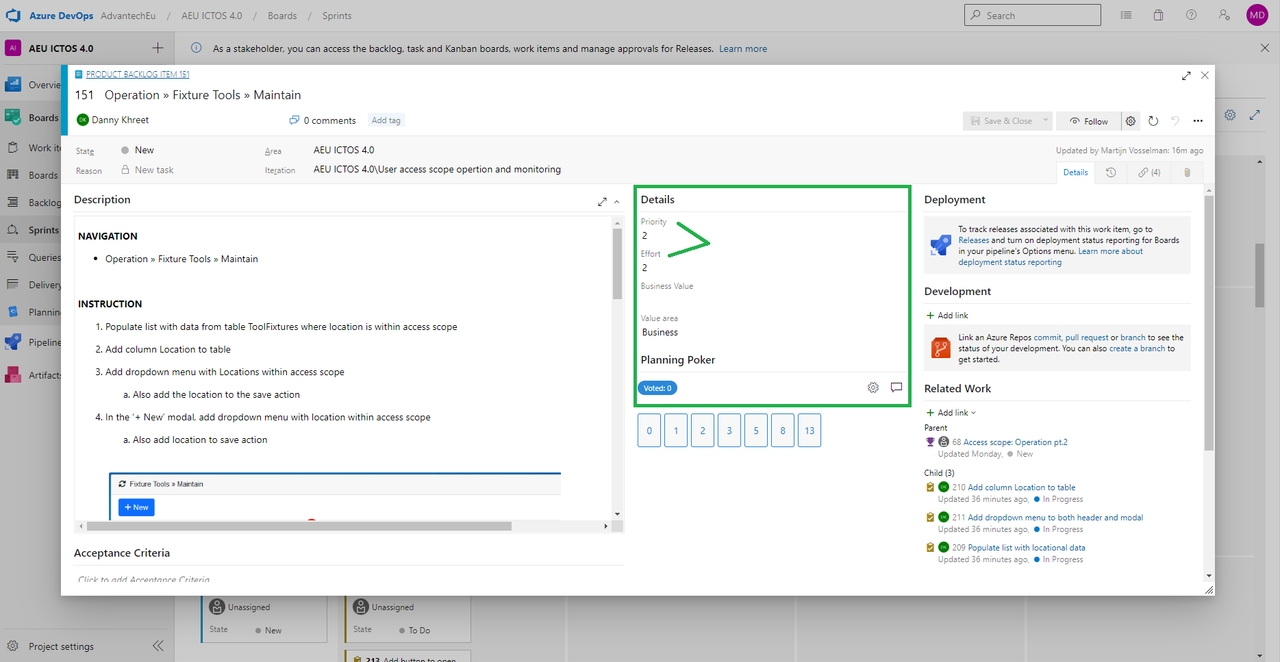Grooming
The process of backlog refinement, formerly known as backlog grooming, involves the product owner and some or all of the remaining team members reviewing the backlog's items to make sure they are relevant, prioritized, and ready for delivery. This regular activity might be a gathering that has a set date and time, or it could just be an ongoing activity.
1. Organize a meeting before the sprint planning session.
2. User stories that are no longer necessary for the product could be removed.
3. Create new stories based on recently found requirements.
4. Update priority and estimation of tasks.
5. Update the description of tasks.
6. Update the roadmap by categorizing the product backlog items.
7. Finish the meeting.

Last updated